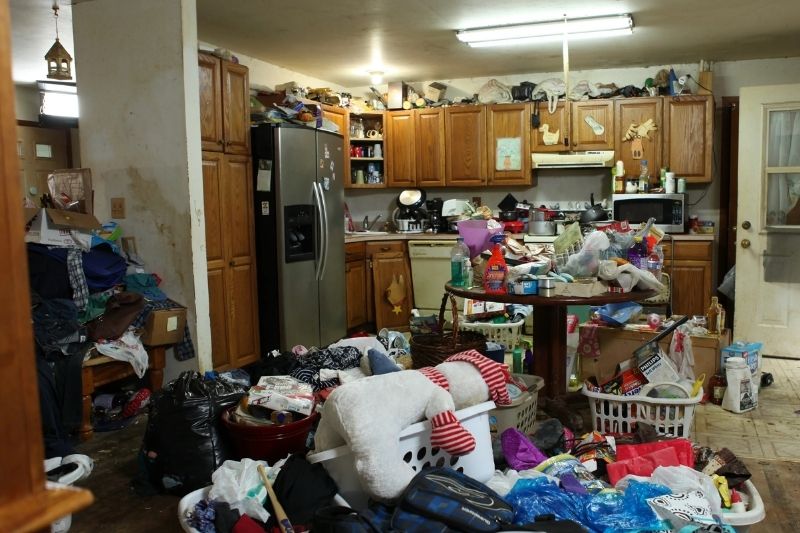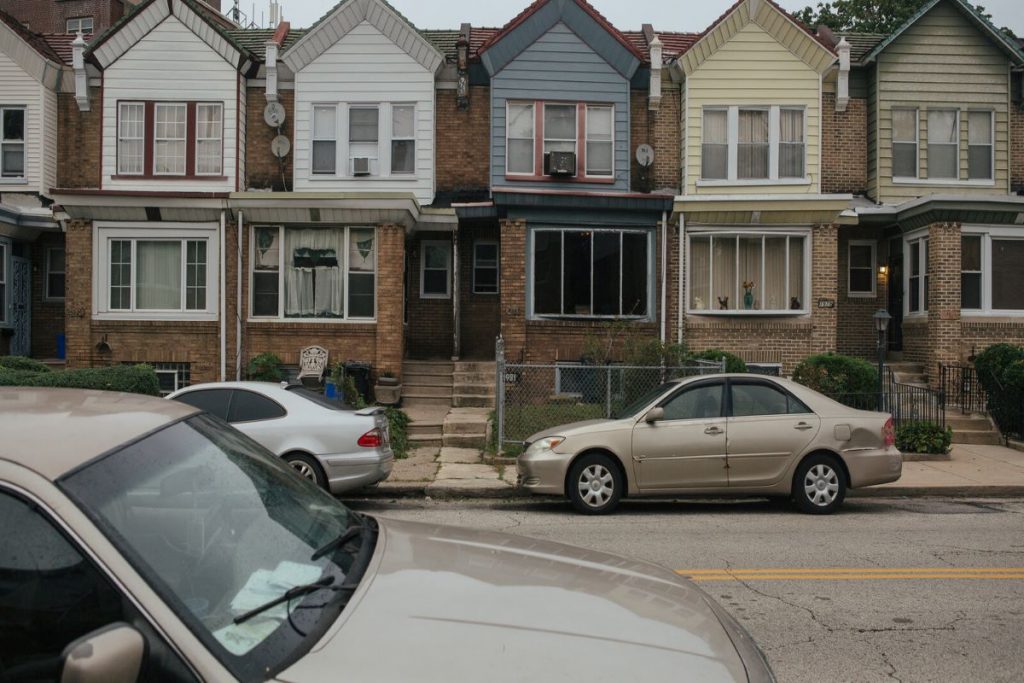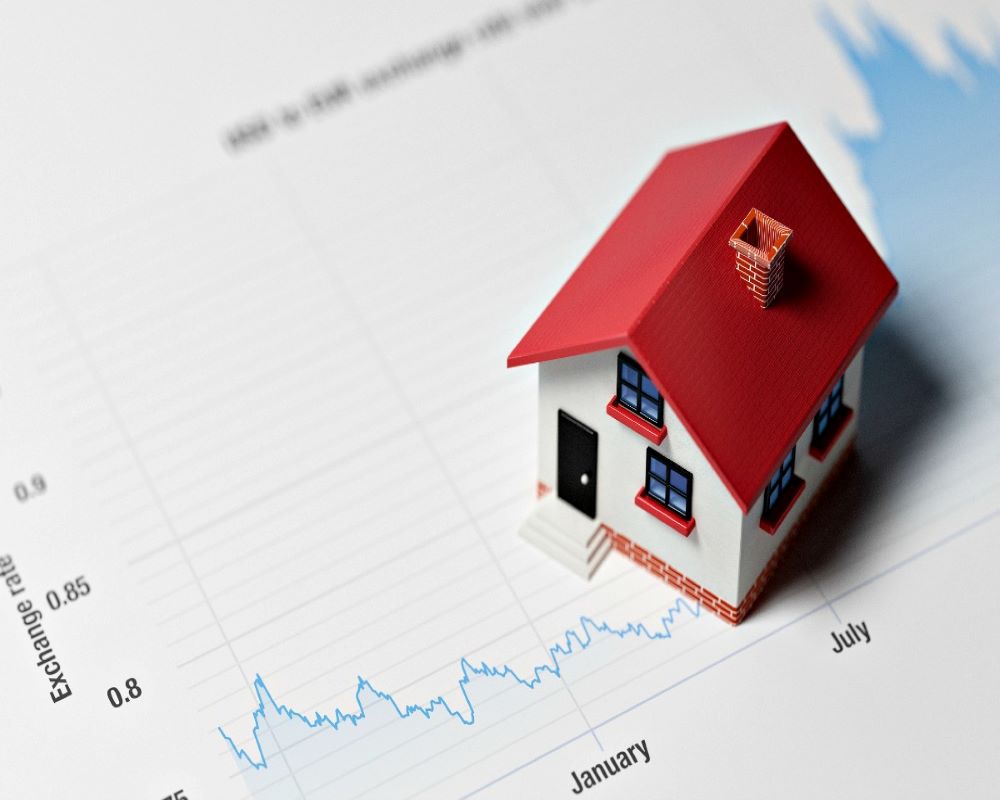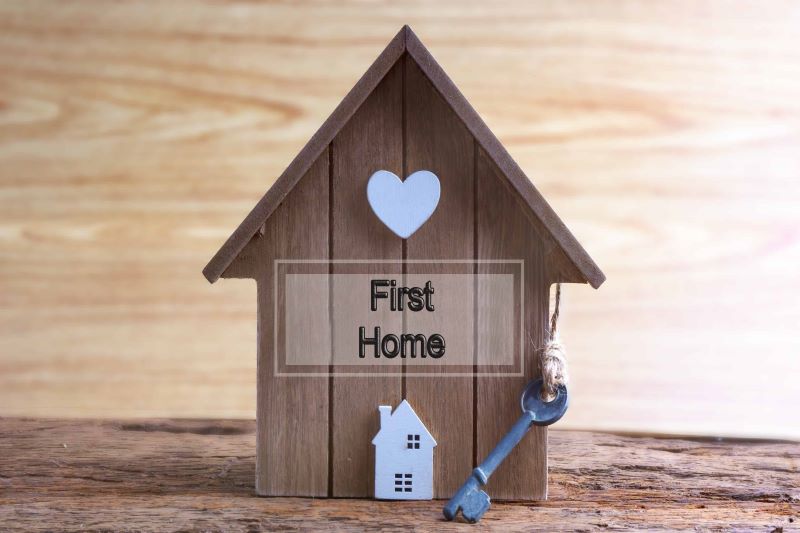Table of Contents
If you are looking for a house to flip, a hoarded home can come with a fantastic price tag. However, rehabbing a house that was previously occupied by a hoarder is intense and costly. It’s not the easiest choice for a first-time flipper, but if the home has sentimental or historical value, it can still be worth it to take the plunge. Just take the time to consider the following points so that you’ll know exactly what you’re getting into.
1. You might have to buy the house sight unseen
Sometimes a hoarded house is so cluttered that a realtor simply can’t offer a viewing. Extreme hoarding can block access to some rooms, present multiple hazards related to tripping or falling, and fuel a toxic air quality. For safety reasons you may need to sign on the dotted line before ever setting foot inside. Once the home is yours, so is the liability associated with going inside it.
2. It can be challenging to secure a mortgage
Even though the price is right when it comes to hoarded homes, lenders may have trouble accurately assessing the value of the property. The home will certainly need an extreme makeover and many buyers need to borrow the money for this along with the purchase price.
That puts lenders in the position of needing to determine the home’s post-makeover value, without being sure how much damage currently exists. You might have an easier road if you don’t need to roll money for repairs into the total mortgage.
3. The stuff inside could be valuable, or not
Every hoarder is a little bit different in terms of the stuff they are drawn to collect. Some simply cannot throw anything away and gravitate toward broken items that could someday, in their minds, be fixed. Others collect clothes, home goods, or antiques. Some level of improperly handled trash is to be expected because access to trash cans is often cut off by hoarded goods.
Once you close on the home, the items left inside become yours. You won’t know until you get in there and clear out the space whether or not you could sell some valuable items to recoup a portion of your investment.
4. It’s impossible to determine the total damage until the home has been cleared out
The extreme piles of clutter inside a hoarder house can conceal all sorts of damage. If the piles have been exposed to moisture, there is a good chance that the flooring and drywall has been damaged. Plumbing is often a problem in hoarded homes because routine maintenance is neglected and leaks can go undetected for years.
And finally, hoards are very attractive to mice, rats, bugs, and other pests. These unwanted housemates both contaminate the space with their waste and chew on building materials.
When you are ready to clear out a hoarded house, it is highly recommended that you engage a biohazard cleanup team to help. Breathing in some of the stuff that can be unearthed is dangerous. The team will come in protective gear to deal with the worst of it, and can also let you know if there is any water damage that makes the home unsafe.
5. Be prepared for a long period of reconstruction
Clearing out the hoard is just step one. Only then can you fully assess the damage and arrange for repairs. This could involve ripping out and replacing a lot of drywall and flooring, fixing the plumbing, and upgrading the electrical system.
Hoarded homes are not typically maintained properly over the years, so chances are high that you’ll have to bring the property up to code before you can legally occupy or sell it. If you’re looking for a fast flip, a hoarder home is not going to fit the bill.
6. You can negotiate terms in your contract
It is very helpful to have a real estate agent who can help you navigate the purchase process. He or she will be able to negotiate on your behalf and make sure that important concessions are made in the contract due to the condition of the house. Even if the home is sold “as is” you can potentially stipulate that the clutter be cleared out before you take possession.
Your realtor can also help you discover if there are any code violations associated with the property. When a hoard makes its way outside into the yard or is otherwise discovered by someone who reports it, the city steps in. That means there will be remediation requirements and deadlines to meet, each of which can be a bargaining chip.
7. The neighbors will thank you…
Hoarded homes tend to drag down property values all over the neighborhood, and are frankly uncomfortable for neighbors to look at. Other people in the area may be frustrated by the way discarded trash attracts their dogs on a walk or their outdoor cats as they roam. Though flipping a hoarded home is a ton of work, you’ll be doing a real service for the community.
8. …but the previous resident will not
Hoarders often have trouble acknowledging that they are hoarders, and remain convinced that the hoard has value even if no one else can see it. The previous owner of the property may balk at clearing out the home or put up aggravating but ultimately unproductive litigation that slows down your purchase process.
If the hoarder still occupies the property when you buy it, be prepared to be targeted as the enemy. You can choose to be gracious and allow that person extra time to remove anything they want from the home, even after it legally becomes yours, but chances are that you will still need to do the lion’s share of the work and may hear complaints from the previous owner no matter how supportive you try to be.
There is definitely a lot to consider when it comes to purchasing a hoarder home! The work is intense, but the reward can be, too. If you are a relatively inexperienced flipper, it might be best to wait until you’ve “seen it all” on a variety of other projects before you tackle a home that will probably have all the potential problems in just one home.
On the other hand, if this particular property has significant historical or sentimental value, it could be worth taking the plunge regardless of your experience level. Just be prepared for the likely challenges and budget for a lot of extra help from professional restoration teams. Good luck!








